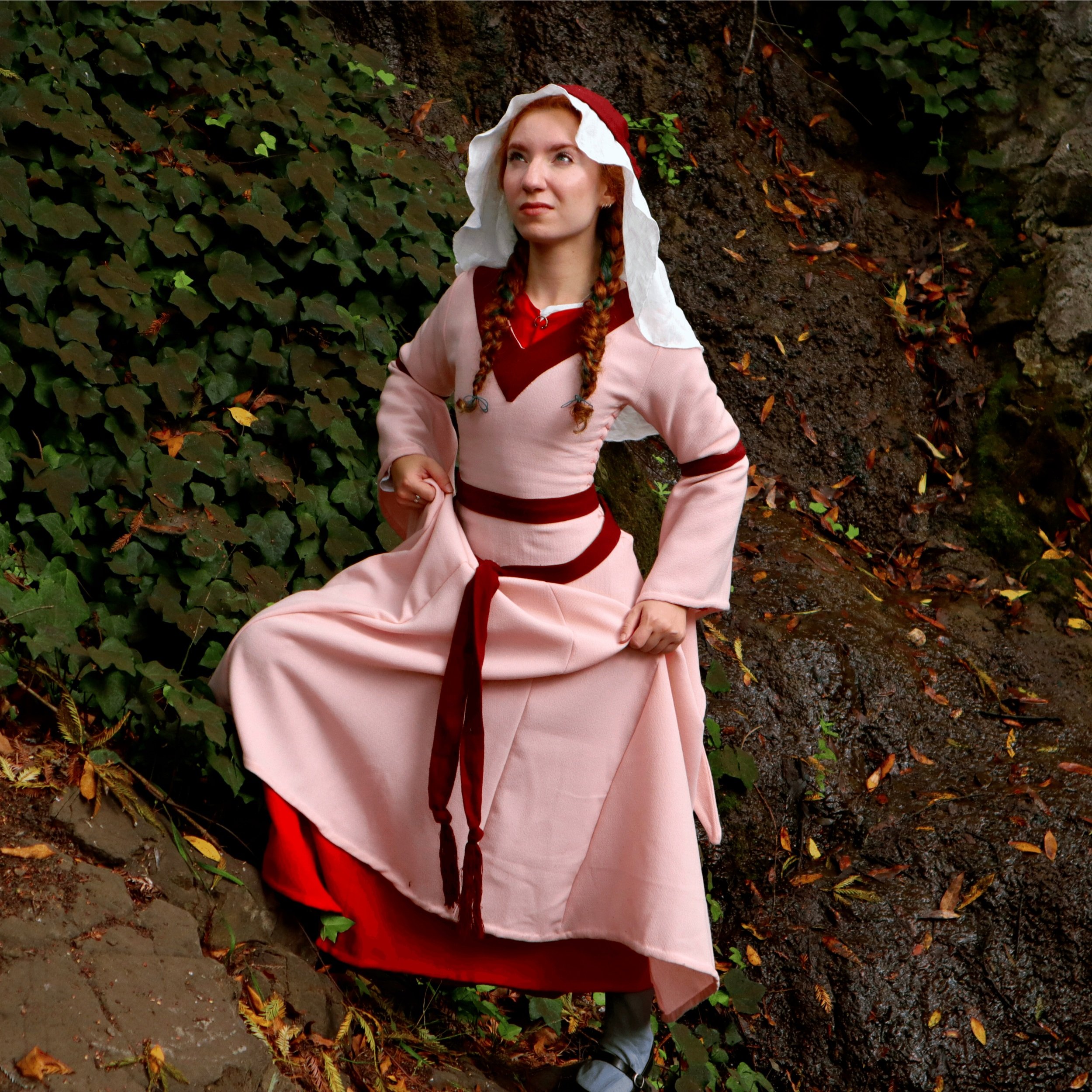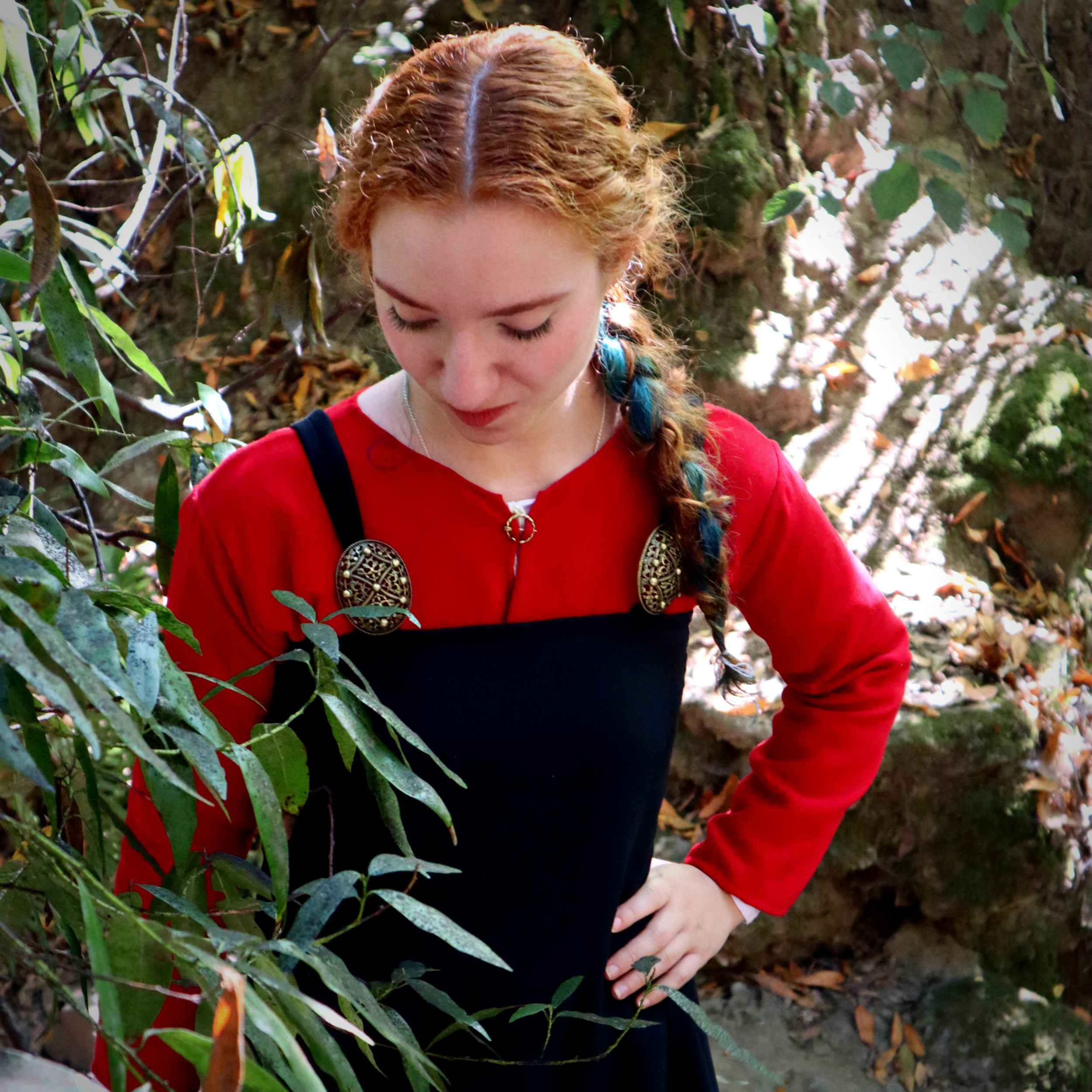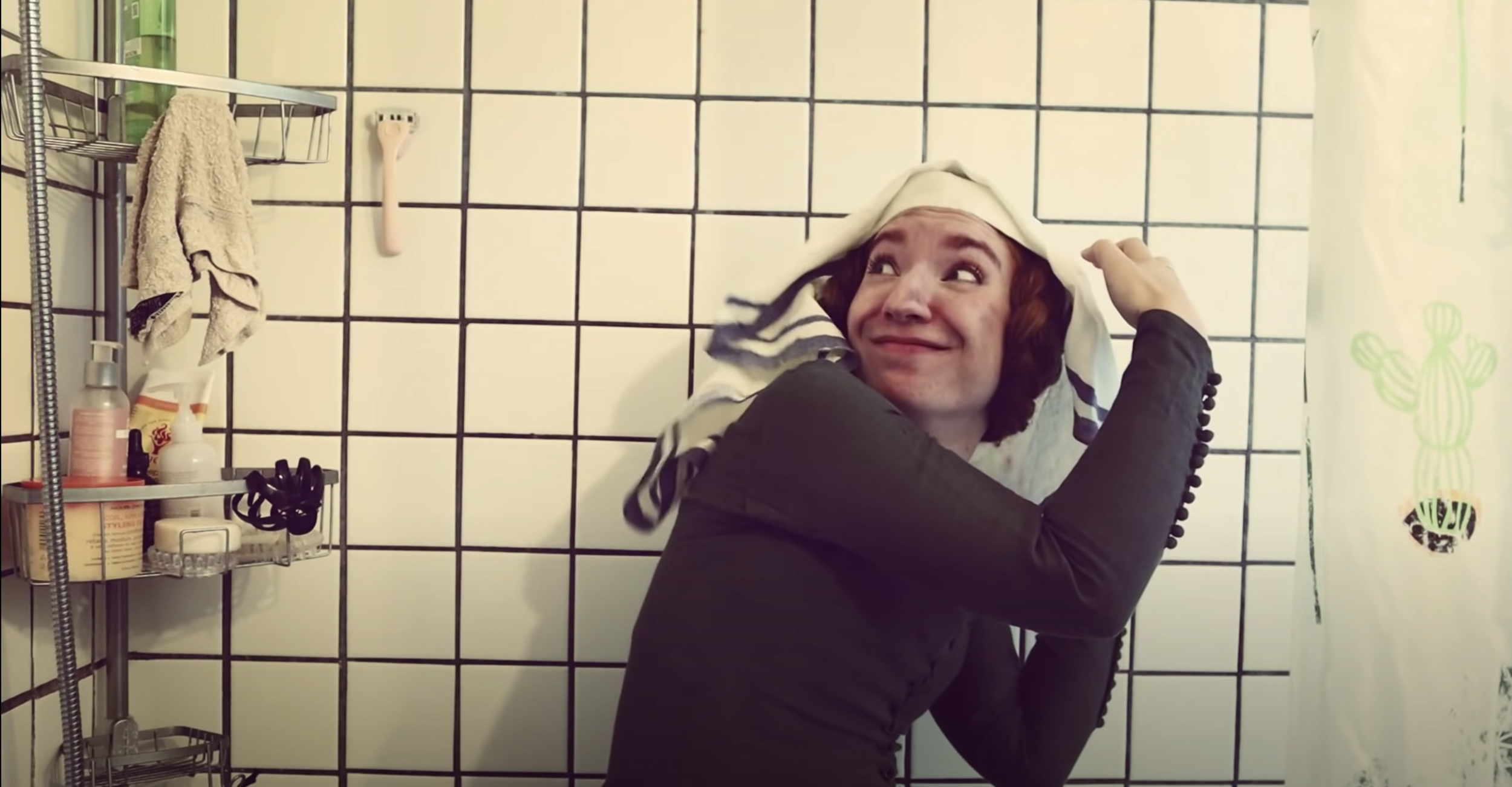

Laundry in the middle ages was as bad as you think.
Yes, medieval people washed their clothes, and (for once) the historical myths are real medieval facts. I love historical myth busting and medieval history myths are rarely true, but the history of doing laundry will make you very grateful you are not washing clothes in medieval times!

The historically “accurate" medieval dress that's now every high fantasy costume
It's the Lord of The Rings dress, every high fantasy dress, the costume of fairies and elves, but is it a historically accurate medieval dress? Yes! It's called a bliaut, and was worn throughout Europe in the High Middle Ages. This dress is behind so many of our fantasy aesthetics, and I've always loved it-- so I chose to recreate it as a historical costume, using modern techniques and sources from medieval history.

What did Vikings wear, really? A historically accurate womens’ Viking costume
What DID Vikings wear? Not the History Channel show costumes, but real, authentic, historically accurate Viking age womens clothing. The Viking age clothing we have is literally scraps, so the answer is . . . we don't know. But I'm gonna sew a Viking dress anyways, and talk about why historically accurate Viking clothing is a myth-- because there's so much we don't know about what the Vikings really wore.

Why medieval people didn't wash their hair, and how it stayed clean
Medieval people didn't bathe or wash their hair, right? Hair care in the middle ages involved no shampoo, but they still kept their hair clean. As a professional hairstylist, I think this historical myth needs to be debunked. Busting this myth comes down to understanding what resources Medieval people had for personal care, and reveals that historical people were actually quite clever about working with what knowledge they had.
